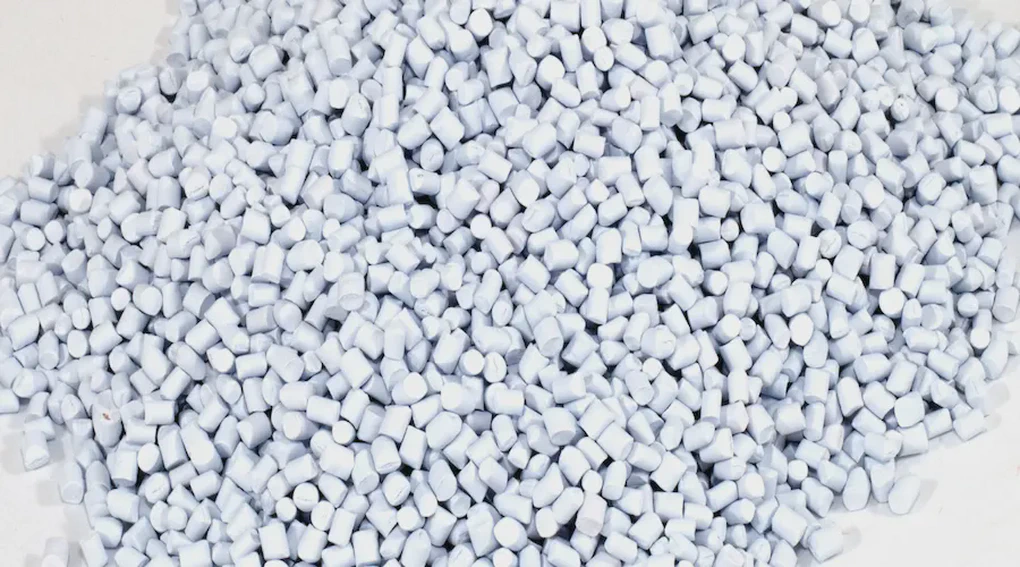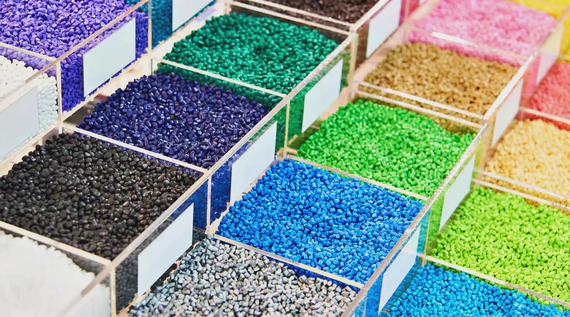
The Technical Guide to Polypropylene Multifilament Yarn - Matching Yarn Specs to Application Performance.
Introduction Polypropylene (PP) multifilament yarn is a widely used synthetic material known for its strength, …

Plastics, on their own, are rarely sufficient to meet the demands of modern applications. From packaging and construction to automotive and consumer electronics, polymer performance must often be tuned for durability, safety, clarity, or stability. This is where additive masterbatches come in.
They are one of the most critical tools in plastic compounding—delivering enhanced processing and long-term performance without altering the base resin chemistry at its core.
Additive masterbatches are concentrated mixtures of functional additives encapsulated in a carrier resin. They are introduced into the polymer during processing to impart specific characteristics such as flame retardancy, UV stability, or anti-static behavior.
The benefit of this approach is twofold: performance can be customized at relatively low loadings, and the masterbatch format ensures easier handling and more uniform dispersion compared to raw additives.
For manufacturers, additive masterbatches play a vital role in:
Let’s break down the most common categories of additive masterbatches and their respective applications.
Primary use cases: electrical components, appliances, building materials, automotive parts.
Flame retardant (FR) masterbatches reduce the flammability of plastic materials. Depending on the chemistry, they act by interrupting combustion at different stages—through heat absorption, oxygen inhibition, or formation of a protective char.
Primary use cases: piping, films, molded products, high-temperature applications.
Thermal and oxidative degradation is common during polymer processing or long-term use. Antioxidant masterbatches counteract this by neutralizing free radicals and inhibiting polymer chain breakdown.
Primary use cases: agriculture films, outdoor furniture, roofing sheets, automotive trim.
UV exposure causes polymer degradation, especially in outdoor applications. UV stabilizer masterbatches work by absorbing, screening, or quenching UV radiation before it can damage the polymer chains.
Primary use cases: food packaging films, greenhouse sheets, clear containers.
Condensation can form on plastic surfaces due to temperature or humidity variations. Antifog additives reduce surface tension so that water forms a continuous, transparent layer instead of discrete droplets.
Primary use cases: electronics packaging, conveyor parts, cleanroom components.
Most polymers are insulative by nature and prone to static charge build-up. Antistatic masterbatches help dissipate electrical charges, improving safety and reducing contamination risks.
Primary use cases: flexible packaging films, liners, labels.
Slip agents reduce surface friction, making it easier to process and handle films. Antiblock agents, on the other hand, prevent adjacent film layers from sticking together.
Primary use cases: film and pipe extrusion, blow molding, high-viscosity or recycled resin processing.
PPAs are additives designed to improve the flow behavior of molten polymers. They reduce die build-up, melt fracture, and other common processing defects.
Primary use cases: medical devices, personal care items, consumer goods, textiles.
These masterbatches incorporate active agents that inhibit microbial growth on the surface of the polymer.
Primary use cases: any thermoplastic processing equipment during material or color change.
Although not a traditional masterbatch, purging compounds are essential for cleaning out residues between runs. They save material and time when switching between formulations or colors.
Additive masterbatches are essential for tailoring plastic performance to meet the functional and regulatory requirements of diverse industries. Whether it’s improving resistance to heat, UV, or microbes—or simply optimizing the production process—these masterbatches allow converters and manufacturers to fine-tune their products without reinventing the core material.
Understanding their role and impact is key to making informed choices in formulation design, product development, and manufacturing efficiency.
In upcoming posts, we’ll take a closer look at formulation compatibility, dosing guidelines, and how to troubleshoot performance issues when working with additive masterbatches.

Introduction Polypropylene (PP) multifilament yarn is a widely used synthetic material known for its strength, …

Color masterbatch does more than add color — it plays a critical role in plastic product manufacturing. From defining …
With 60,000 MTA capacity and world-class manufacturing across India, Sonali delivers plastic solutions trusted around the globe.
Contact Us